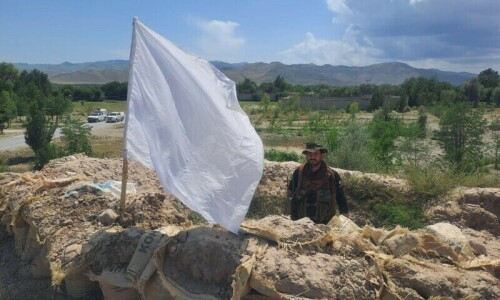TOKYO: Japanese scientists are getting an up-close lesson on how volcanic islands are formed.
Last week, they landed on Nishinoshima, which was just a rocky outcropping in the Pacific Ocean until two years ago, when spectacular eruptions spewed lava and ash, expanding it to 12 times its size.
Aerial footage of the island, about 1,000 km south of Tokyo, showed a cone in the middle surrounded by vegetation.
Researchers from the environment ministry who swam the final distance from a small boat to the island to minimise biological contamination were the first people to set foot on the expanded island on Oct 20.
They collected rock, plant and insect samples and observed the first colonisation of the island by masked gannets, a large seafaring bird.
In 2013, an eruption next to Nishinoshima, a cluster of rocks barely 650 meters long and 200 meters wide (2,132 ft by 656 ft), swallowed the outcropping and grew into a 2.7 square kilometre island, bigger than the city state of Monaco.
Aside from ecological research, the team hopes to collect samples of lava and ash to learn more about the growth process of a volcanic island.
They also planted several seismic monitors around the uninhabited island.
Studying volcanoes is high priority for Japan, which lies on the “Ring of Fire”, a horseshoe-shaped band of fault lines and volcanoes around the Pacific Ocean.
Published in Dawn, October 28th, 2016
















































Dear visitor, the comments section is undergoing an overhaul and will return soon.